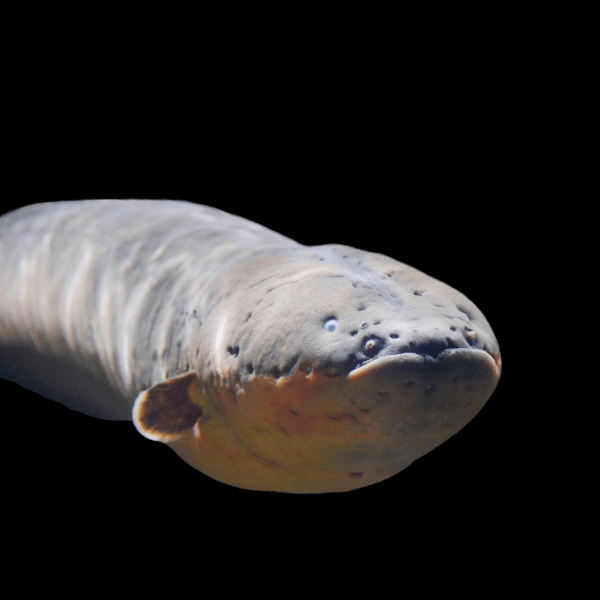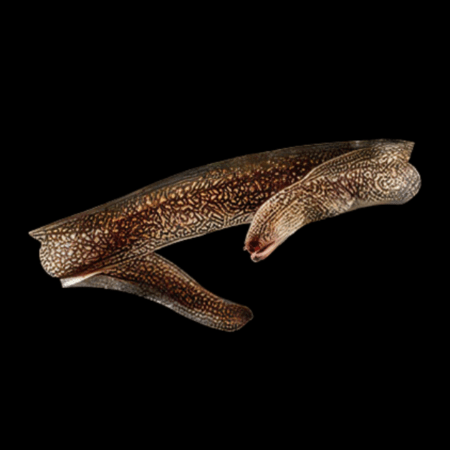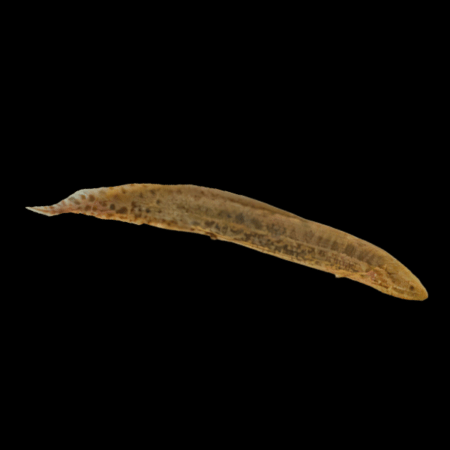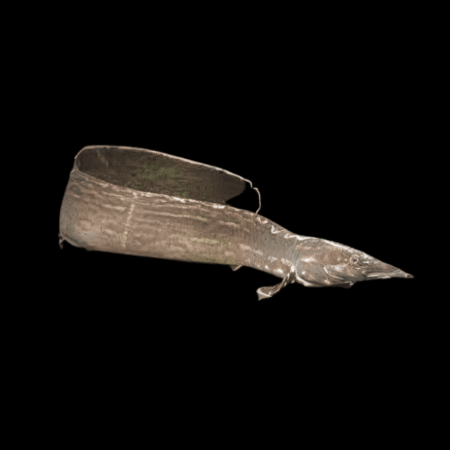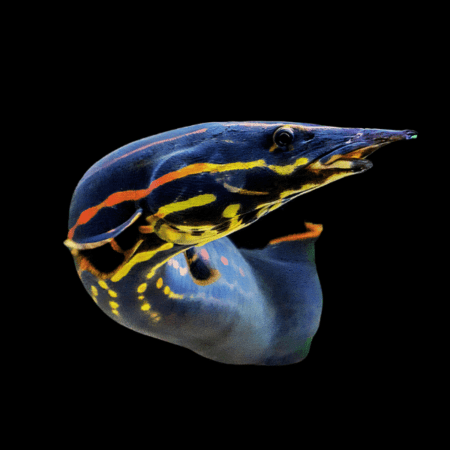Description
Electric Eel Electrophorus Electricus 15cm
Overview
The Electric Eel is a truly remarkable and unique freshwater fish, known for its ability to generate powerful electric shocks. These shocks are used for navigation, communication, and, most famously, for stunning prey or deterring predators. Reaching up to 8 feet in length in the wild, they are a formidable species that commands respect and careful handling in captivity.
Origin
Native to the murky waters of the Amazon and Orinoco River basins in South America, Electric Eels thrive in slow-moving creeks, swamps, and floodplains. Their natural habitat is characterized by warm, low-oxygen water, which they are well adapted to navigate using electric signals.
Feeding
In captivity, Electric Eels should be fed a diet that mirrors their natural prey as closely as possible. This includes live or frozen fish, shrimp, and occasionally, small mammals or birds for larger individuals. Feeding should be done with care, using tools to avoid accidental shocks.
Tank Mates
Due to their size, electric discharge capability, and specific care requirements, Electric Eels are best kept alone. Housing them with other fish or aquatic animals is not recommended, as they can become aggressive or inadvertently harm or kill tank mates with their electric shocks.
Aggression
Electric Eels are generally not aggressive towards humans unless provoked or startled. However, their ability to produce electric shocks makes handling them dangerous. They can become more territorial and potentially aggressive if not given enough space or if their environment is not properly maintained.
Experience Level
Caring for an Electric Eel is a significant commitment and requires an advanced level of fish-keeping experience. Owners should have a deep understanding of the specific needs of these creatures, including tank requirements, water quality management, and safety measures for handling.
Water Parameters
Electric Eels require large, spacious tanks with a minimum capacity of 200 gallons to accommodate their size and provide ample swimming space. Water temperature should be maintained between 75°F and 82°F (24°C to 28°C), with a pH range of 6.5 to 7.5. Low lighting conditions and a soft, mud-like substrate can help mimic their natural environment. Filtration systems should be robust to keep the water clean but should not produce strong currents.
